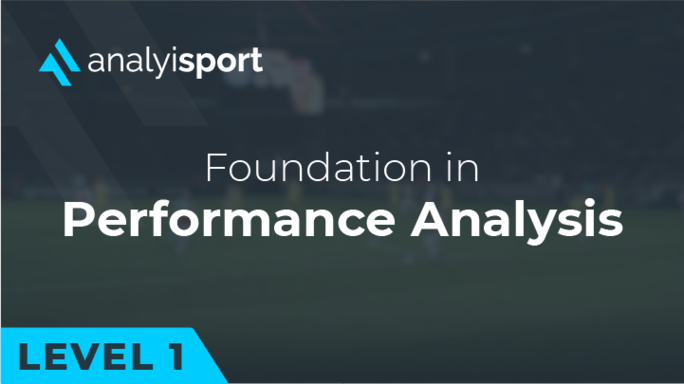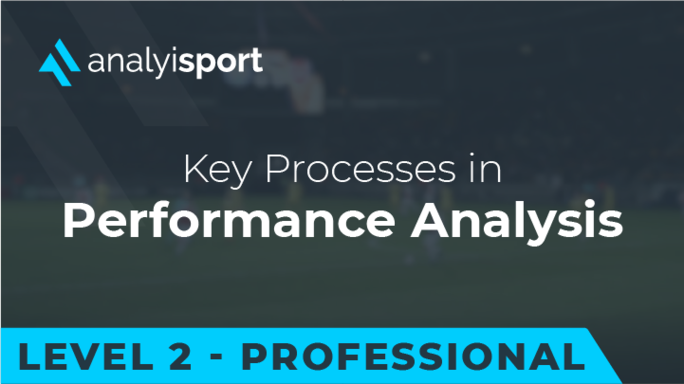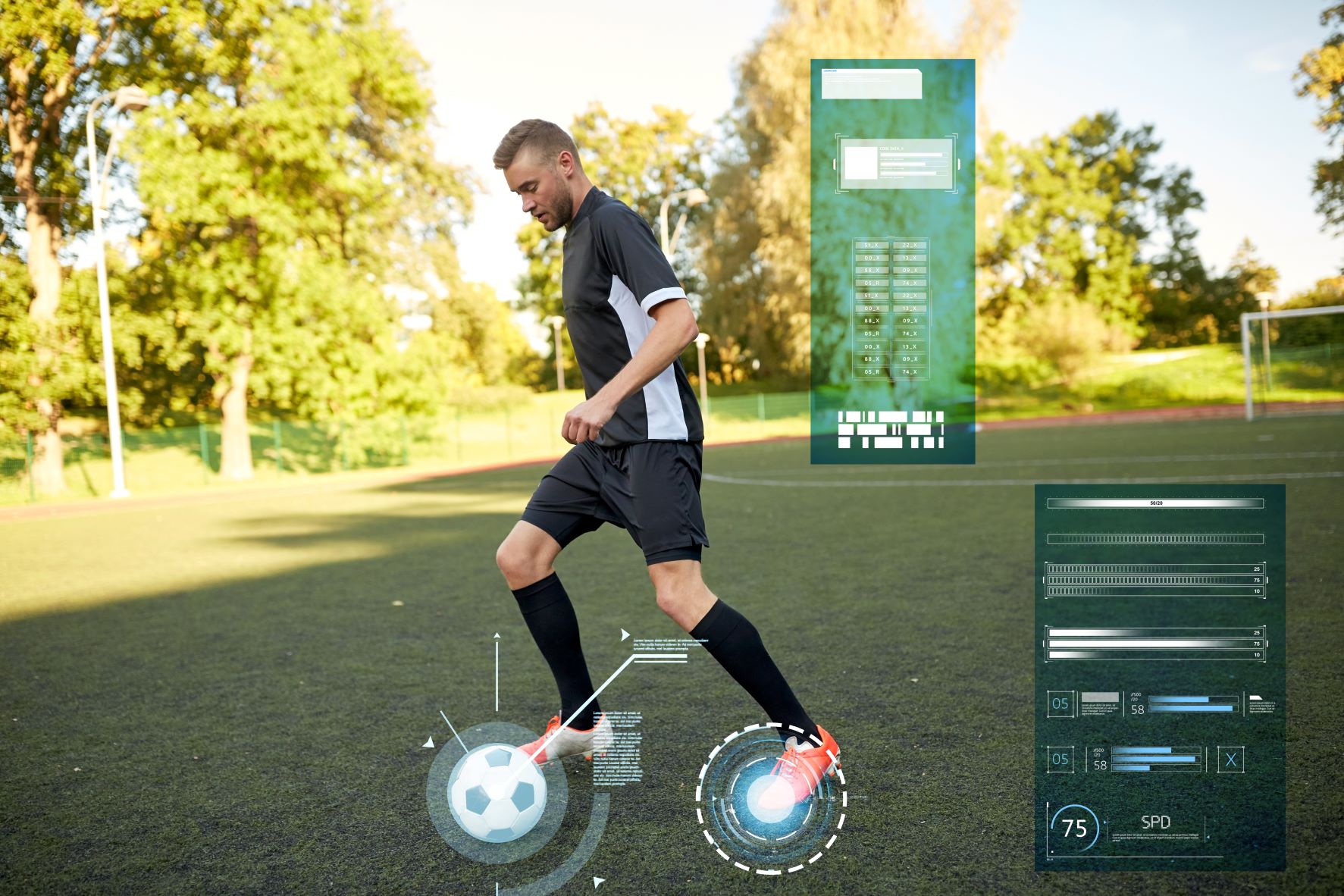How Are Data and Analysis Used in the Bundesliga?
In the Bundesliga, Germany’s top division, clubs are investing in new ways to make data and video analysis more accessible to their players. It’s part of a wider culture in German football: coaches, players, and fans want to use analysis to improve their understanding of the game.
“The new generation [of football players] does not just want to execute, they want to shape things themselves, understand them and tackle challenges,” says Oliver Bierhoff, the German football legend who was national team director from 2004 until 2022.
Bierhoff has played a big role in modernising German football. He understands that in modern football, a smart approach is needed both on and off the pitch. Data and video analysis have allowed coaches to think more objectively about what happens in match, replacing a manager’s intuition with precise statistics. Players have grown up in the game with analysis as part of their everyday lives and many are keen to be involved in the process. They want to understand what they are doing on the pitch so they can do it better.
Meeting this need has shaped analysis in German football.
How the German National Team Uses Data
In Germany, there is a joined-up approach to football that aims to allow both the domestic game and the national team to thrive. To understand how data is used in the Bundesliga, it helps to take a league at how it’s been used by the German national team. Although their recent performance in the 2022 World Cup fell below the standards they set for themselves, data helped the team win the 2014 World Cup and reach the semi-finals of Euro 2016.
In 2013, the German Football Association (DFB) signed an agreement with the software firm SAP to make innovative data analysis technology available for the coaches and players. SAP worked with the DFB to create Match Insights software, with the first prototype launched in March 2014.
At the time, clubs and nations were starting to use data, but it was mostly the preserve of specialist analysts who would then present their findings to the coaches and players. The German national team were one of the first sides to see the importance of involving the players more in the process.
For the subsequent Euros, SAP developed two new apps. SAP Challenger Insights helped the team with opposition analysis and Penalty Insights Function helped Germany’s goalkeepers prepare for penalties.
Both apps could be easily accessed by players and coaches using iPads and mobile phones. “The new generation of athletes are completely into data and they want to see the reports … they are really open about this new technology,” SAP’s Stefan Wagner revealed. Making the data accessible helped involve the players in the analysis. They were not merely listening to reports from other people. They were active participants.
This emphasis has continued to inform the way the DFB approaches data. The TechLab department at the DFB-Akademie, made up of a team of data scientists, has put “player-centricity” at the heart of what they do, aiming to use data to empower players and coaches. The data isn’t there to tell the players what to do, it’s a tool they can use to succeed on the pitch.
How Bundesliga Clubs Are Using Data
The need to make analysis more accessible has also informed the actions of Bundesliga clubs in recent seasons. One innovation has been the use of giant screens at training grounds for sharing analysis with players.
The first Bundesliga club to install a giant screen was Hoffenheim. In 2018, the club’s then-manager Julian Nagelsmann, experimented with using a 26-square-metre screen which could show footage recorded in training sessions, allowing him and his coaches to go over scenarios in detail, rewinding and rewatching footage to help explain to players how they can improve their performance levels.
The experiment was such a success that it was followed later that year with a 40-square-metre screen. “We can leave the players in their positions during most match situations, but still show them solutions,” explained Nagelsmann. “For this, I have an iPad in my hand that I can use to control the cameras. When I stop a situation, I have the opportunity to draw my solutions and suggestions for improvement all from the iPad.”
Nagelsmann is now the manager of Bayern Munich and in 2022, he installed a similar videowall at the Bavarian club’s training ground. Bayern Munich were one of the first Bundesliga clubs to start using data, signing a deal with SAP back in 2014 to provide performance analysis, just a year after the German national team had started working with them. Nagelmann is continuing this work.
Bayern’s coach is known to use Sportscode on the videowall, an analysis tool developed by Hudl, which allows the coach to produce player reports linked to video and add telestration and graphics. The screen is not just a way to show video clips, it’s a tool to look at training footage in detail and help players better understand the club’s tactics and strategies. They’re not just being given instructions to blindly follow, but can see for themselves how their actions on the pitch impact the team’s performance.
How the DFL Uses Data
The Bundesliga is overseen by the Deutsche Fußball Liga (DFL) which has worked hard to ensure that the league is at the cutting edge of data and analysis in football. In 2016, they set up their own data company, Sportec Solutions, a joint venture with Deltatre, a sports and entertainment technology provider.
Sportec Solutions is the DFL’s official match data partner, gathering, storing and analysing match data, averaging 3.6 million data points per game. Its database contains a vast range of data from the present day to the first-ever Bundesliga season in 1963/64. This data is made available to clubs and clients. Clubs in Bundesliga and Bundesliga 2 can access the information via a Match Analysis Hub, a dashboard which includes match data analysis and a scouting feed.
It’s not just clubs that are interested in data. Modern fans are increasingly interested in data too. Just like players, they want to understand what happens on the pitch. “Data can help create a much better fan experience for spectators in front of a television screen or iPad because it helps them engage with the game on a deeper level,” according to Simon Rolfes, Bayer 04 Leverkusen’s sporting director. “Fans want more information about the performance of their favourite players and teams, like how fast they are, what tactics they’re using, and the quality of playing.”
To make this data accessible to fans, the league has teamed up with Amazon Web Services (AWS). Every stadium in the league is kitted out with up to 20 cameras which allow computers to track the movements of the players and the ball and record each event on the pitch. This data is then processed by machine learning models, trained by AWS on data from previous seasons, to convert them into Bundesliga Match Facts. The Bundesliga Match Facts are then shared with broadcasters and made available to fans via the league’s own channels. The metrics made available include average position, set piece threat, and expected goals (xG).
The DFL and AWS have also worked together to produce the Data Story Finder, which links live match data with information from other matches, including historical data, to allow broadcasters to quickly put the match data into context. This can highlight a rare achievement or show that what might seem like a surprise outcome is actually part of a broader historical trend that people may have not noticed. All of this helps modern Bundesliga fans to experience games at a deeper level than ever before.
In German football, there is a huge hunger to understand more clearly what happens on the pitch and why. This need is being met by data and video analysis. The work done by analysts and data scientists is helping coaches, players, and fans to think about the game more deeply and improve their own understanding of football.
Image Credit Line: Jaiz Anuar – stock.adobe.com
Related Courses:

- Level 1
- Course
Level 1: Foundation in Performance Analysis in Football
£199.00 Original price was: £199.00.£85.00Current price is: £85.00.

- Level 2
- Course
Level 2: Key Processes in Performance Analysis in Football
£199.00 Original price was: £199.00.£149.99Current price is: £149.99.
Share this article
Our Learning Pathways
AnalyiSport is for everyone who is passionate about analysis in football. Where are you in your development journey?
Become a Football Scout
As more clubs than ever look to build data into their recruitment process, an understanding of recruitment analysis is your ticket to success in the game.
Related Articles
Our team provides news and insights from the cutting edge of football analysis.





